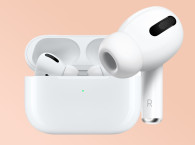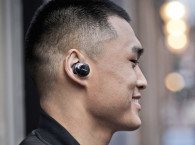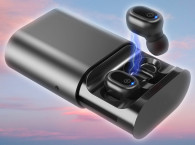According to the global technology market analyst firm, True Wireless Stereo (TWS) devices and wearable wristwatches, including basic and smart watches, stood out as dominant categories taking up more than half of their respective segments’ shipments, driven by strong consumer demand and a shift in vendor ecosystem strategies.
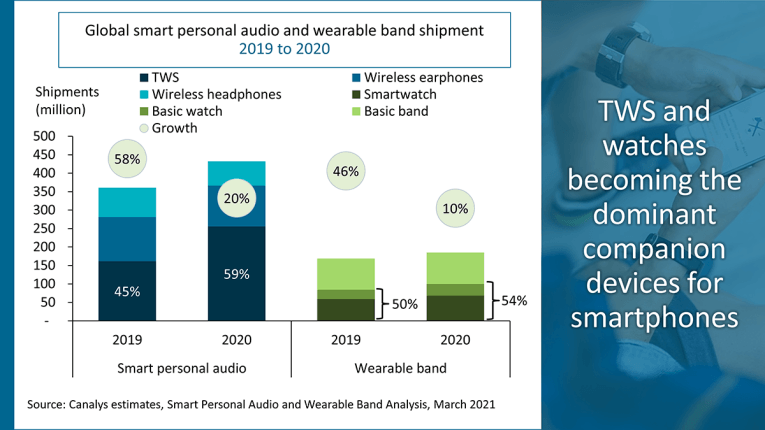
Amid the pandemic, smart personal audio vendors including local kings and white box manufacturers moved quickly to fulfill increasing demand, driving down average selling prices. "Due to the market’s low barrier to entry, especially for TWS devices, where the mature supply chain resulted in better devices at lower price points, vast shipments flooded the market in a short period of time," says Canalys Research Analyst Cynthia Chen.
Canalys also notes that the established vendors, ranging from traditional audio players, to smart device vendors such as Apple and Samsung/Harman, have enjoyed robust growth in 2020, but they are faced with mounting challenges from all the numerous Chinese manufacturers, which strive to differentiate with their similar looking products, sold with very low margins.
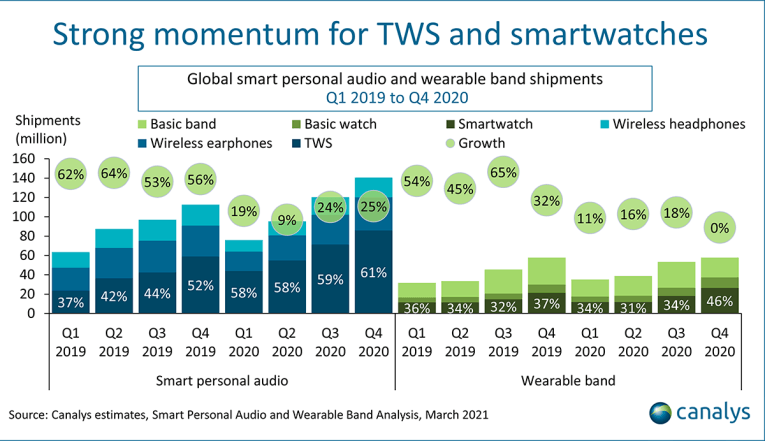
On the other hand, the wearable band market began pivoting considerably towards wearable wristwatches by the end of 2020. "Basic bands declined 27% in Q4 2020, as the market, led by Xiaomi, failed to perform. However, the decline was offset by the rise of basic and smart watches, to a point where the overall market stayed flat in Q4," says Canalys Research Manager Jason Low.
"As opposed to smartwatches, the basic watch category, which are watches running rudimentary real-time operating systems without third party-app support, served as a new vehicle for vendors to explore opportunities in the wristwatch category. Vendors such as Xiaomi, Realme, and Huami are expanding globally, and are expected to leverage the category extensively."
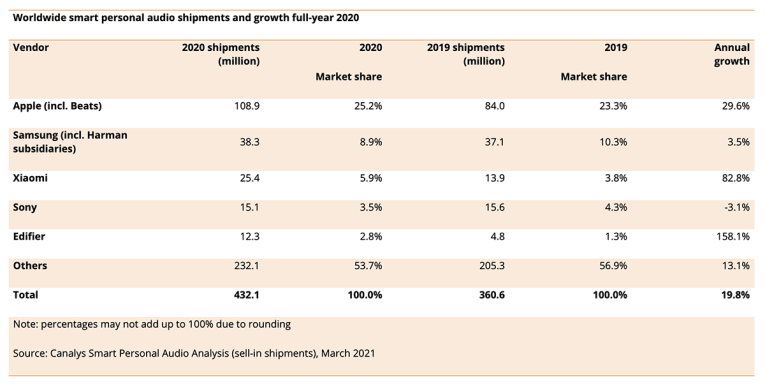
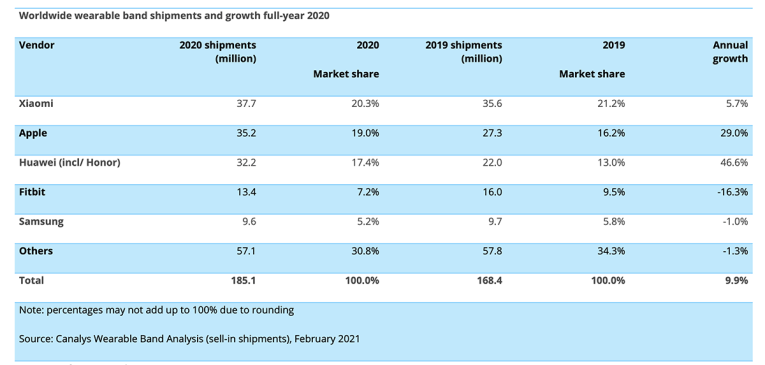
Wearable bands are perceived as the next low-hanging fruit after smart personal audio devices by vendors looking to play a part in the consumer IoT ecosystem. "Wearable bands exhibit greater room for innovation compared to hearables. The challenge lies in making an appealing wearable band device with robust support of health and fitness features and services. This requires vendors to have a long-term strategy surrounding health and fitness analytics, which is often neglected by emerging players. Vendors should view this as a long-term journey where they can aim to solve users’ real-life issues related to health, especially when new sensors allow for tracking of biometrics such as blood pressure or even glucose levels," added Low.
In view of the supply chain constraints due to component shortages, Canalys adjusted its 2021 forecasts and now expects smart personal audio to grow 15.6% to reach 500 million units, and wearable bands to grow 10.2% to reach 204 million units.
www.canalys.com





